how to design without it being a hodge podge?
elvie z9CA
13 years ago
Featured Answer
Comments (16)
mams
13 years agohosenemesis
13 years agoRelated Professionals
Maple Valley Landscape Contractors · Cudahy Landscape Contractors · Gaithersburg Landscape Contractors · Maywood Landscape Contractors · Waterford Landscape Contractors · West Allis Landscape Contractors · Whitehall Landscape Contractors · Wickliffe Landscape Contractors · East Norriton Landscape Contractors · Jericho Swimming Pool Builders · Conyers Window Contractors · Fishers Window Contractors · Lauderhill Window Contractors · Phelan Window Contractors · Security-Widefield Window Contractorsgardenguru1950
13 years agodicot
13 years agogobluedjm 9/18 CA
13 years agowanda
13 years agoDick_Sonia
13 years agoelvie z9CA
13 years agoborderbarb
13 years agosurfcityhb
13 years agoLaurel Zito
13 years agosurfcityhb
13 years agojenn
11 years agokittymoonbeam
11 years agojenn
11 years ago
Related Stories
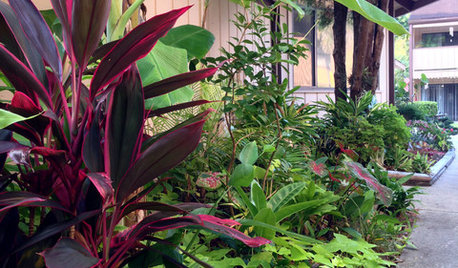
GARDENING GUIDESA Mom, a Garden and a Gift for the Neighbors
Gardening can be therapeutic in unexpected ways. See how one gardener found peace and purpose in a patch of Florida soil
Full Story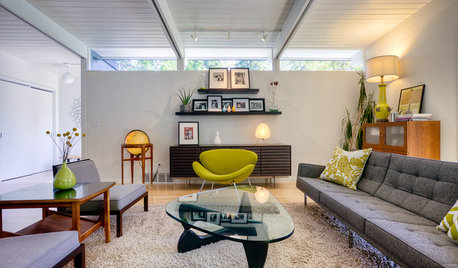
MOST POPULARWhy We Love Midcentury Modern Design
There's a method to all this 'Mad Men'-ness — just look to psychology, tough times and, believe it or not, Apple
Full Story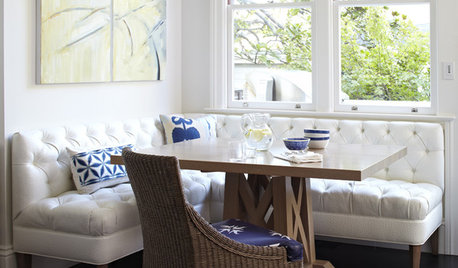
WORKING WITH PROS3 Reasons You Might Want a Designer's Help
See how a designer can turn your decorating and remodeling visions into reality, and how to collaborate best for a positive experience
Full Story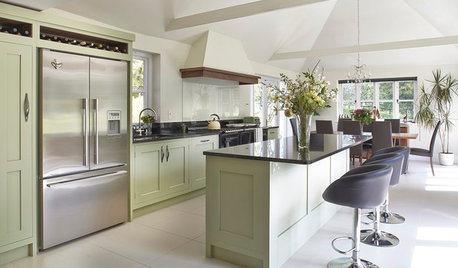
COLORBeyond White: With Tints, Everybody Wins
Light colors with just a trace of pigment add a subtle ambience. Here’s how to use tints to set a mood without darkening your space
Full Story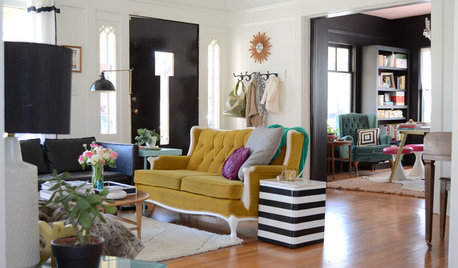
HOUZZ TOURSMy Houzz: Creative Thrifting Beautifies a Texas Bungalow
Secondhand finds and a designer’s gift for reinvention turn a historic-district house into a quirkily elegant family home
Full Story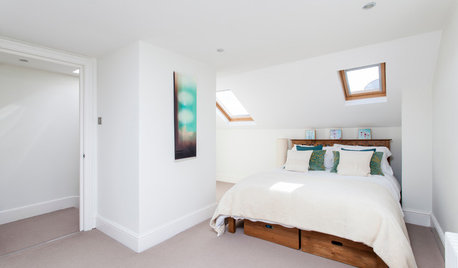
ORGANIZINGStorage Tricks for Those Who Love Their Stuff
Get ideas for clearing the decks without getting rid of all the lovely things you want to keep around
Full Story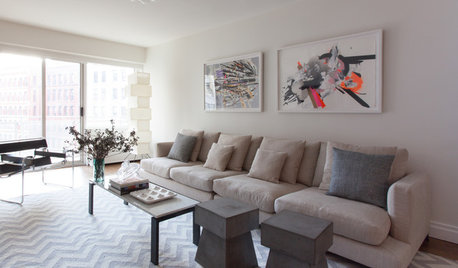
INSIDE HOUZZInside Houzz: Starting From Scratch in a Manhattan Apartment
Even no silverware was no sweat for a Houzz pro designer, who helped a globe-trotting consultant get a fresh design start
Full Story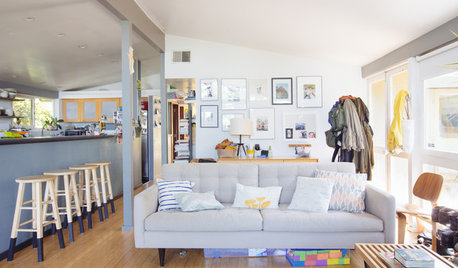
HOUZZ TOURSMy Houzz: DIY Efforts Reward a Berkeley Family
California parents-to-be roll up their sleeves to transform the landscape and spruce up the interior of their Cliff May home
Full Story
CONTAINER GARDENSSolve Your Garden Border Dilemmas With Planted Pots
Set your containers free from the patio — placed among plantings in the ground, they fill unsightly gaps, let you experiment and more
Full StoryMore Discussions







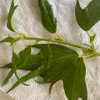
davissue_zone9